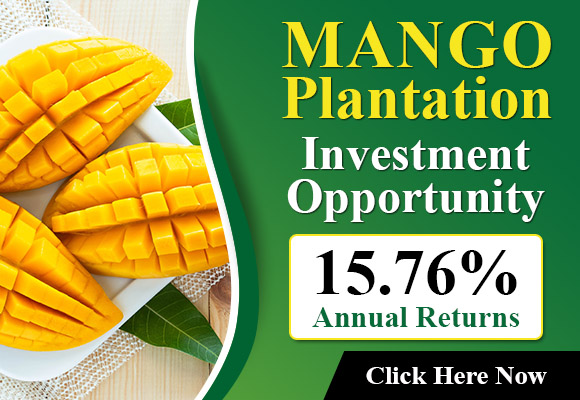The new celeriac season began a while ago at Rodeno Agri Products. The first fresh tubers made their way to supermarkets and wholesalers, while this Dutch trading company’s Robert den Ouden was still delivering the old crop to the factories. “The previous season started with high expectations, which it never managed to live up to. The new crop is a completely different story, with high yields and the expected challenges,” he begins.
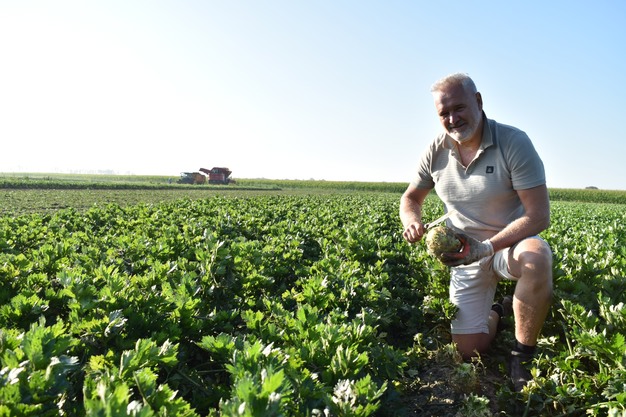 © Andries Gunter | FreshPlaza.com
© Andries Gunter | FreshPlaza.com
From high hopes to surpluses
“Last season’s prices started sky-high, but as we reached the end of the season in July, there was still ‘old’ product. There was so much optimism, and for a long time, grower prices of €1 were expected. But that was not nearly reached. The main problem is that cultivation costs are very high. Celeriac is one of the most expensive crops out there.”
“When the market price is €0.40 from the farm, and then you add your transport costs, you must sell at €0.50 to just break even. So, many growers waited a long time for prices of €0.60 to €0.90. Those, however, didn’t materialize, meaning everyone held on to their tubers for too long. I could, eventually, help all my regular grower partners sell their celeriac and pay them well. But at the end of the season, other growers who waited too long for the highest price couldn’t sell their tubers,” says Robert.
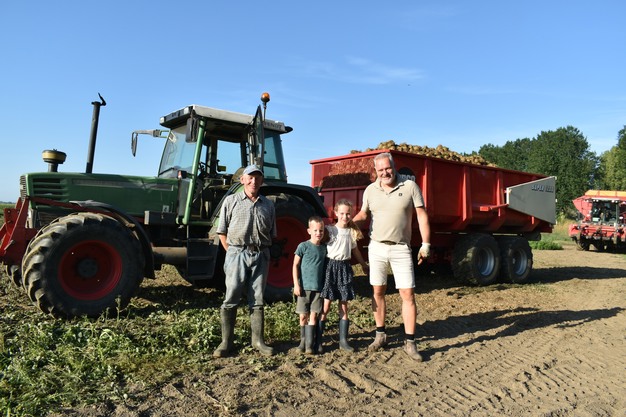 © Andries Gunter | FreshPlaza.com
© Andries Gunter | FreshPlaza.com
“They ended up coming to me, and I’m still delivering their produce to the factories. Those, unfortunately, don’t get great prices. But it’s a choice you make. You can wait for the highest bidder, but in a season like this, you’ll have a problem. I first take my loyal growers’ produce to a good final destination; then I take care of the growers to whom I have no obligations.”
“Good quality, but high volume”
Despite the lingering old season, Rodeno began its new season on July 22. “Fortunately, there’s no true overlap. We still deliver the old tubers to the industry every week, while most of the new ones go to the fresh market,” Robert explains. And those, he says, are of good quality. “It’s been very dry, but all the produce has grown very well. Though only where the growers could irrigate. Celeriac has the advantage of being cultivated in areas where that’s possible, so yields should be excellent.”
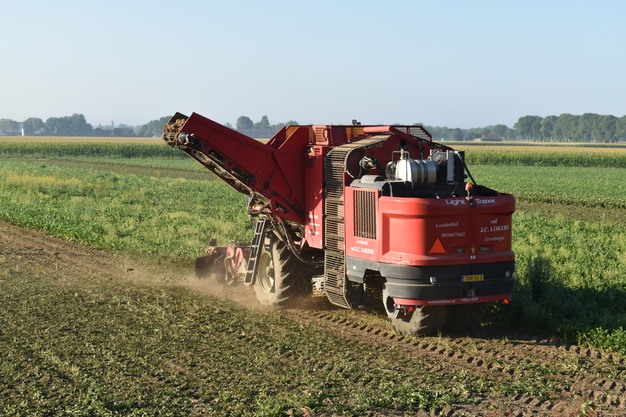 © Andries Gunter | FreshPlaza.com
© Andries Gunter | FreshPlaza.com
And therein, explains Robert, lies the challenge for the coming season. “There are several hundred hectares more celeriac this year. If the yields are also high, I honestly don’t expect a strong market. Unless there’s a disaster, which, obviously, no one wants, there will be a surplus, which puts pressure on prices,” he reckons.
Robert is, however, not concerned about demand. Although there are market fluctuations, he still sees structural growth in demand. Much of the production is destined for export. “The Netherlands is not a true celeriac country, consumption-wise. The fresh market is largely focused on Eastern Europe and the Balkans. We supply plenty to Belgium, France, and Germany for industrial use. And that continues to grow organically. At least, for us it does. Whether that means it’s a growing market or that we’re doing something right, I don’t know.”
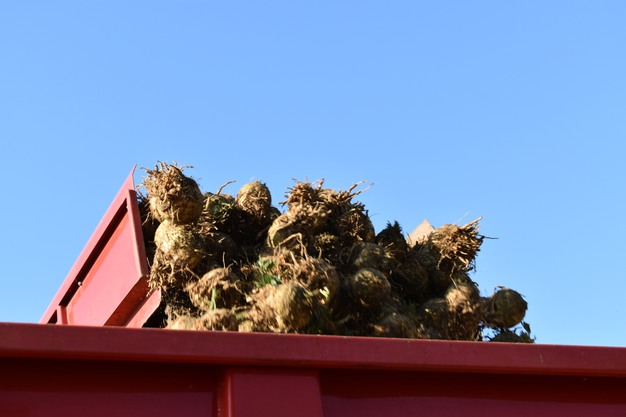 © Andries Gunter | FreshPlaza.com
© Andries Gunter | FreshPlaza.com
“Nonetheless, in countries such as Poland, the Czech Republic, Romania, Croatia, Serbia, and Greece, consumption is on the rise. There, celeriac is also more common in daily diets. It seems to be increasing in the Netherlands, too. Ten years ago, celeriac was only available in the winter; now you see it all year round. That could be due to the greater diversity of the population living here. There are cuisines from more and more countries, and they use celeriac,” Robert concludes.
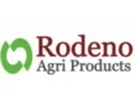 Robert den Ouden
Robert den Ouden
Rodeno Agri Products BV
Postbus 110 4460AC Goes
T: +31(0)6 531 90 100
[email protected]
www.rodeno.nl
Source: The Plantations International Agroforestry Group of Companies
